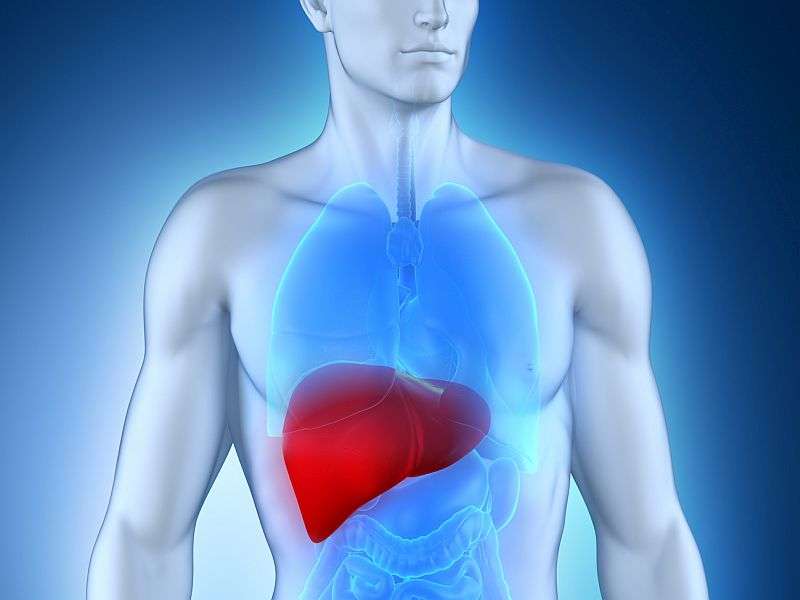Imaging of pelvis has limited value in hepatocellular cancer

(HealthDay)—For patients with a primary diagnosis of hepatocellular cancer (HCC), imaging of the pelvis rarely provides additional pathologic information, according to a study published online June 14 in the Journal of Gastroenterology and Hepatology.
Janio Szklaruk, M.D., Ph.D., from the University of Texas MD Anderson Cancer Center in Houston, and colleagues reviewed medical records for 478 patients with 881 examinations of the abdomen and pelvis who were treated between March 2015 and March 2016. Patients were reviewed for the presence of pathology in the pelvis, which was classified as new or old. Overall, 230 patients underwent magnetic resonance imaging (MRI) of the pelvis and 248 underwent computed tomography (CT).
The researchers found that 80.5 percent of patients had no findings on the CT or MRI of the pelvis, including 81.5 percent of those who had CT and 79.6 percent of those who had MRI. Findings in the pelvis were seen in 93 patients, which were most frequently bone metastases, ascites, implants, and bladder wall thickening (31, 27, seven, and five patients, respectively). The findings were related to metastatic disease in 7.9 percent of patients. A new finding in the pelvis was seen in 5.4 percent of all imaging studies.
"The results suggest that the follow-up evaluation of patients with HCC may not include a pelvis exam," the authors write.
More information:
Abstract
Full Text (subscription or payment may be required)
Copyright © 2017 HealthDay. All rights reserved.
















